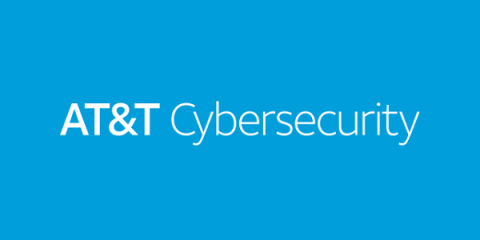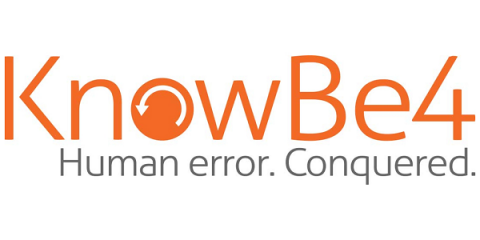Why MobSF Isn't Ideal for Application Security Testing?
Mobile Security Framework (MobSF), launched by OWASP in 2015, is a partially automated, open-source, all-in-one mobile application (Android/iOS/Windows) pen-testing framework capable of performing static, dynamic, and malware analysis. MobSF is one of the most widely used security applications where the testing framework - a simple, flexible, and incredibly powerful tool has quickly become the lingua franca of security. The flexibility and accessibility of the tool are helpful but also dangerous.








